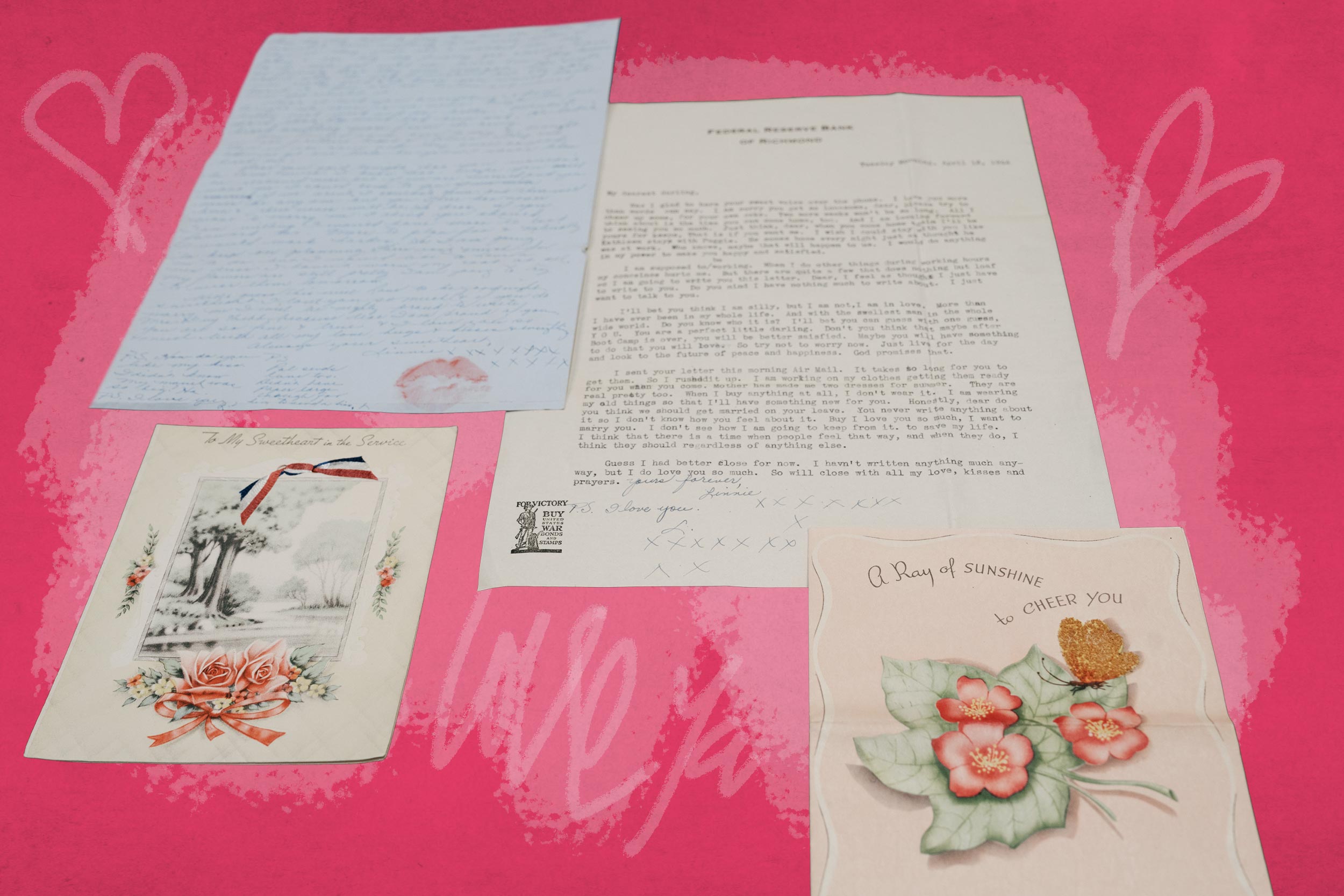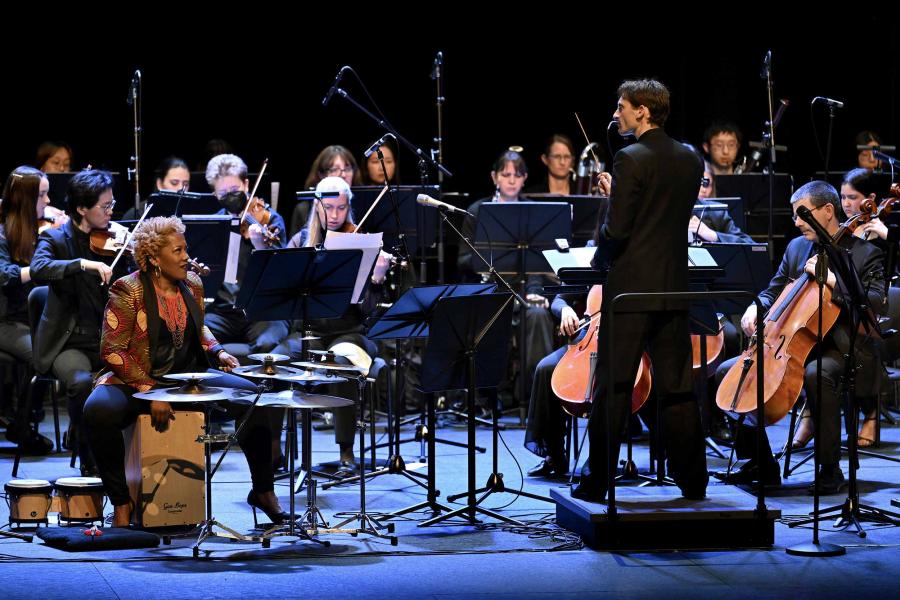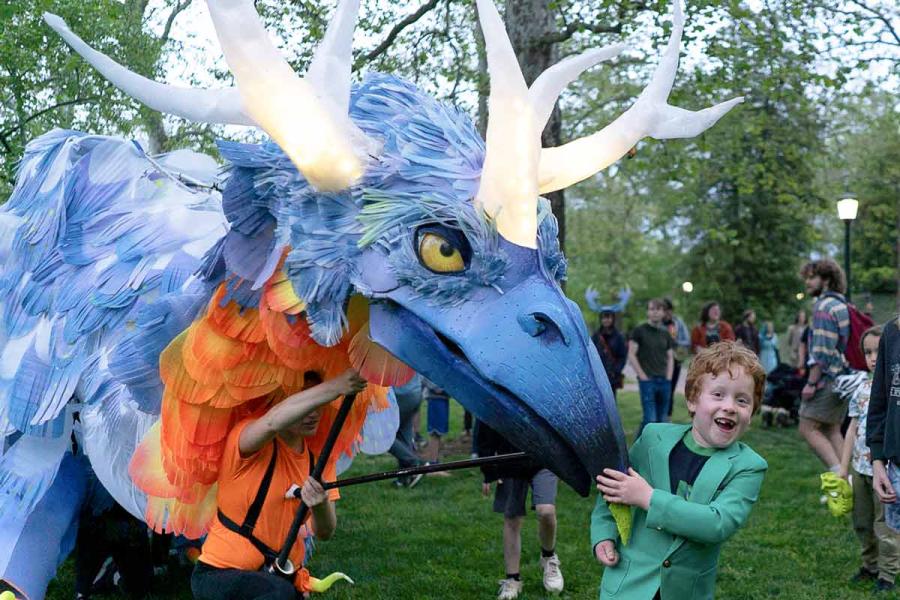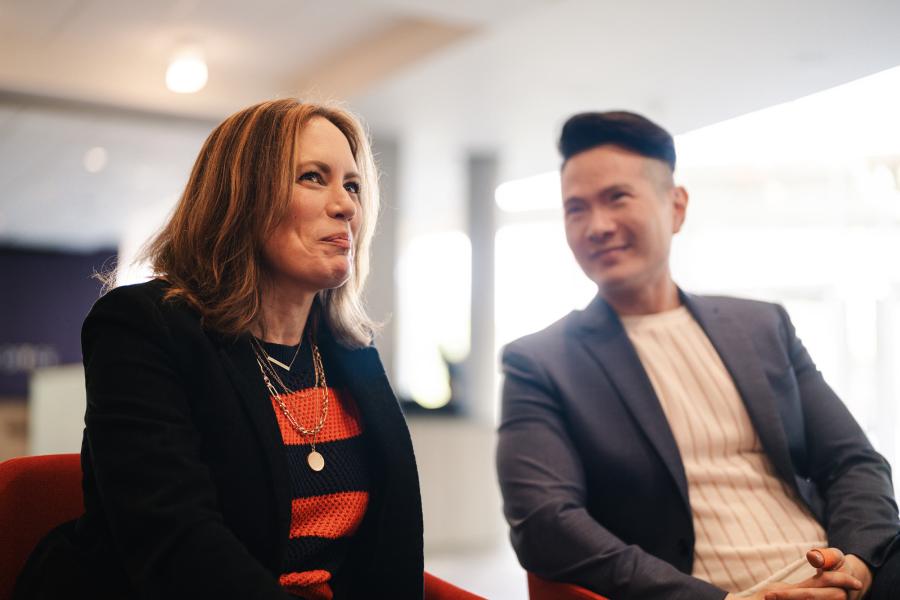Take a look at love stories through the years with these items in Special Collections. (Photo illustration by John DiJulio, University Communications)
The University of Virginia’s Albert and Shirley Small Special Collections Library is home to a host of treasures – including things that would make even the hardest hearts skip a beat.
In celebration of Valentine’s Day, UVA Today dug back in the archives with Holly Robertson, the exhibitions curator for Special Collections, and Ellen Welch, manuscripts and archives processor, to learn about some of the Library’s holdings that memorialize love.
From old love letters to a dating diary, here are some of the most romantic things in Special Collections.
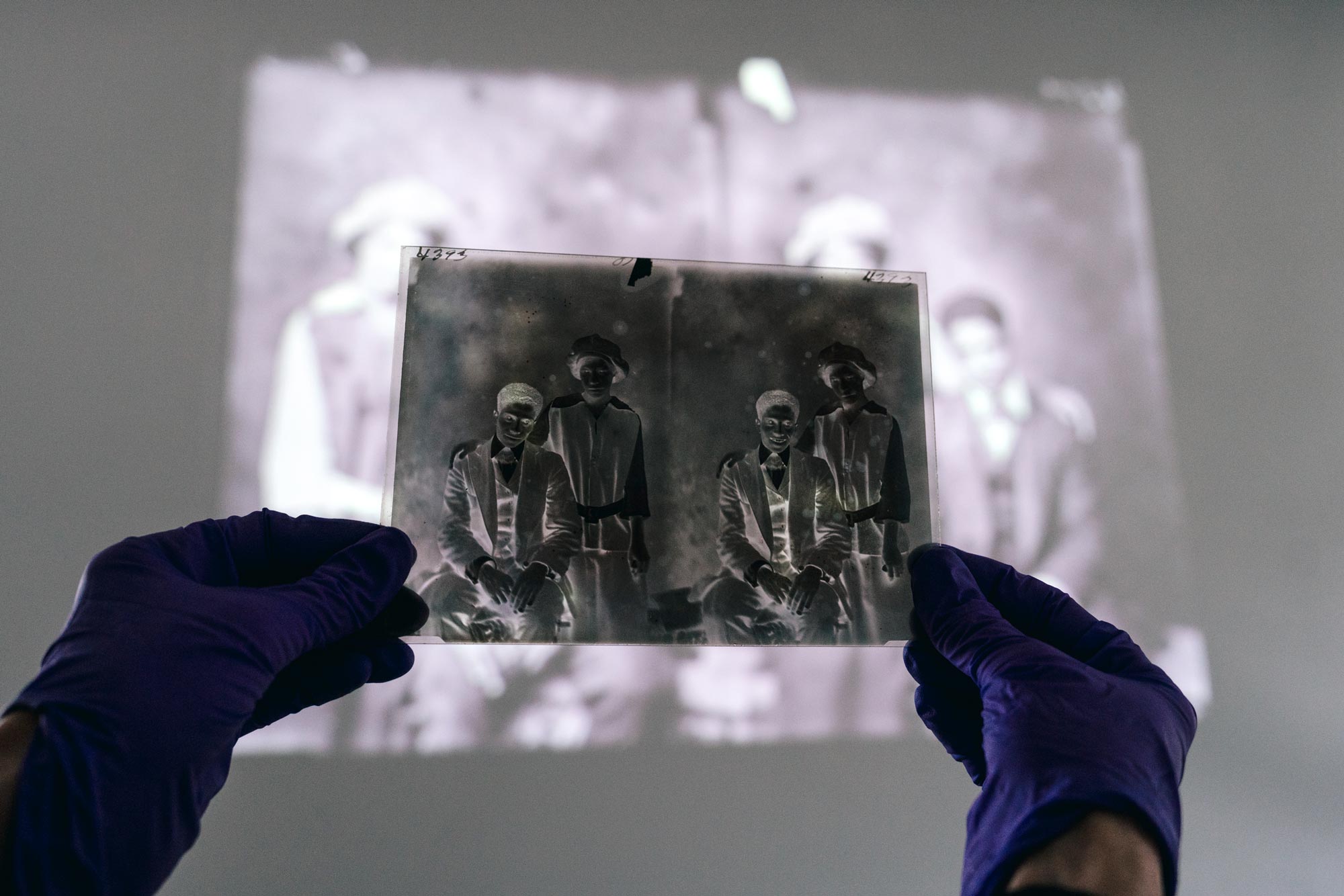
This portrait of Flossie Brooks and Theodore Williams, who lived in Ivy in Albemarle County, was likely commissioned to commemorate the couple’s engagement. The pair were married in February 1917, just four months after their photo was taken in Charlottesville’s Holsinger Studio.
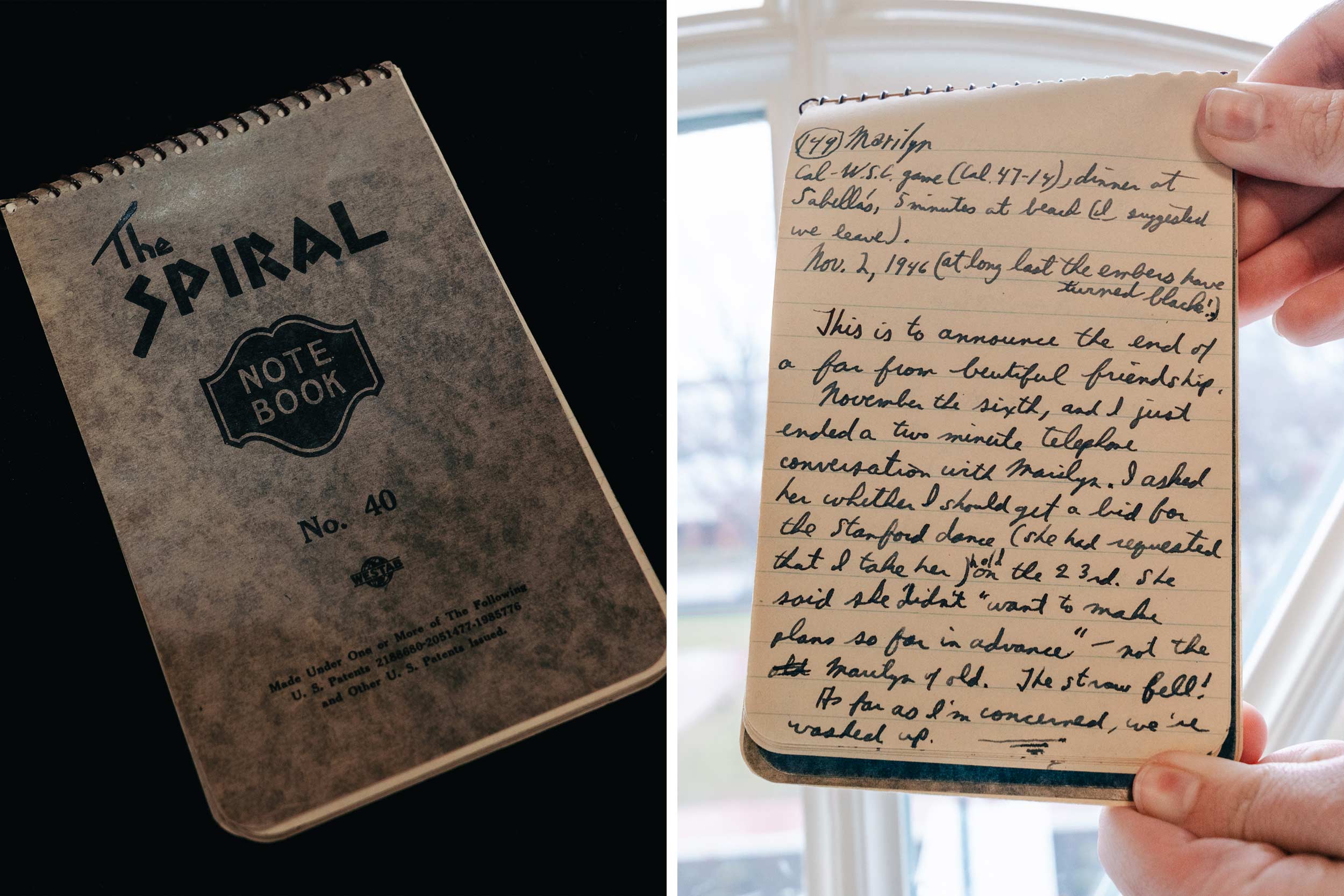
A young man living in Northern California in the 1940s chronicled his dates and heartbreak in a diary, now in Special Collections. Though it’s not clear who the diarist was, he numbered his dates with girls he went out with and wrote what he thought about them (everything from “ok” to “quite enjoyable”). He fell for Marilyn Ross and had plans to propose, but she put off his plans to take her to a dance. “As far as I’m concerned, we’re all washed up,” he wrote. But he was still optimistic about his romantic prospects, writing, “I look forward to new faces and new loves.”
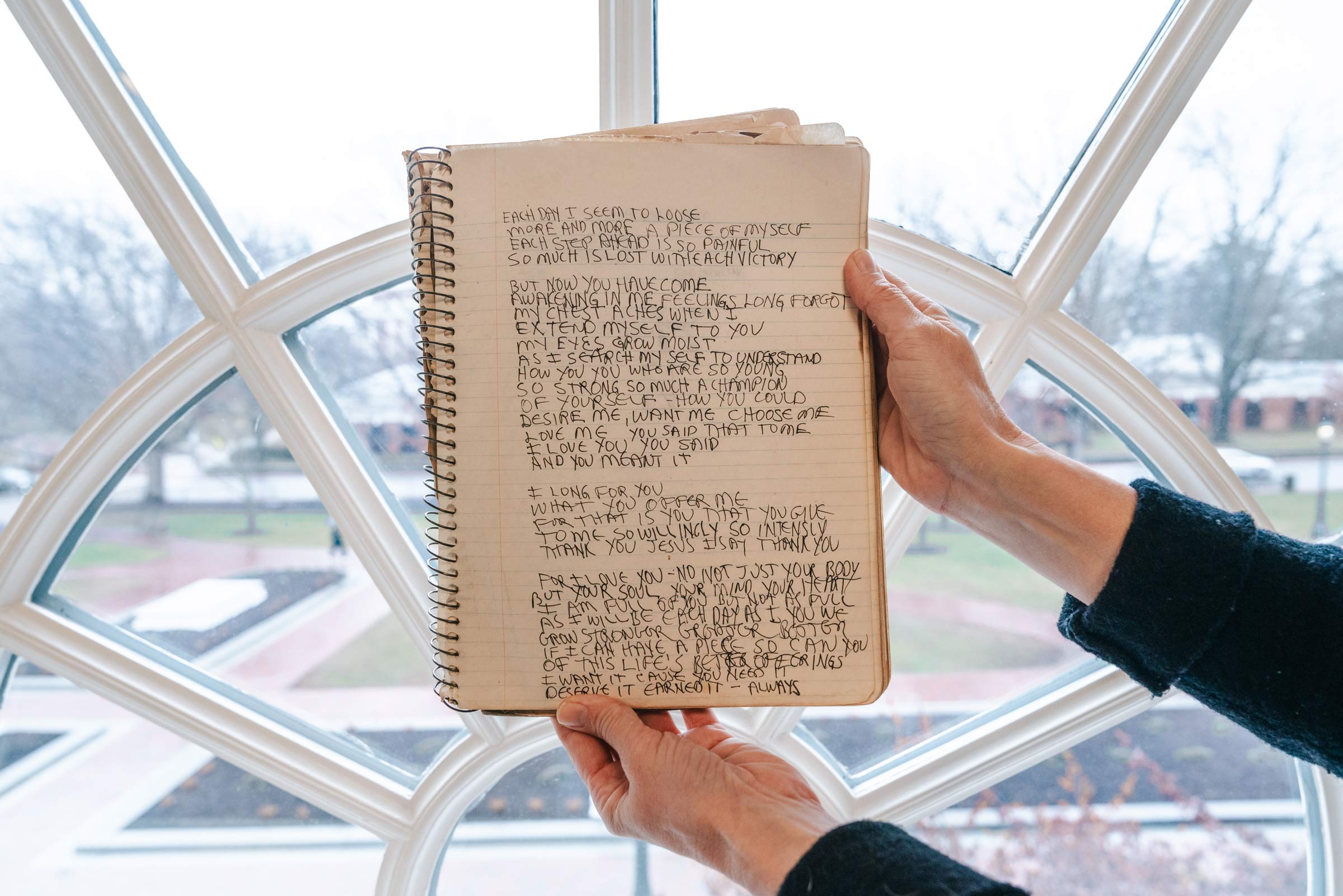
Ernie McClintock, an American director, producer, writer and actor, was a major force in the Black Arts Movement of the 1960s and ’70s. As a gay Black man, he had to fight for acceptance, despite his talent and influence – he worked with James Earl Jones and Morgan Freeman, and mentored a young Tupac Shakur. But he did enjoy a long-term romance with set designer Ron Walker. McClintock kept hundreds of journals, but this one includes a poem to an unidentified paramour.
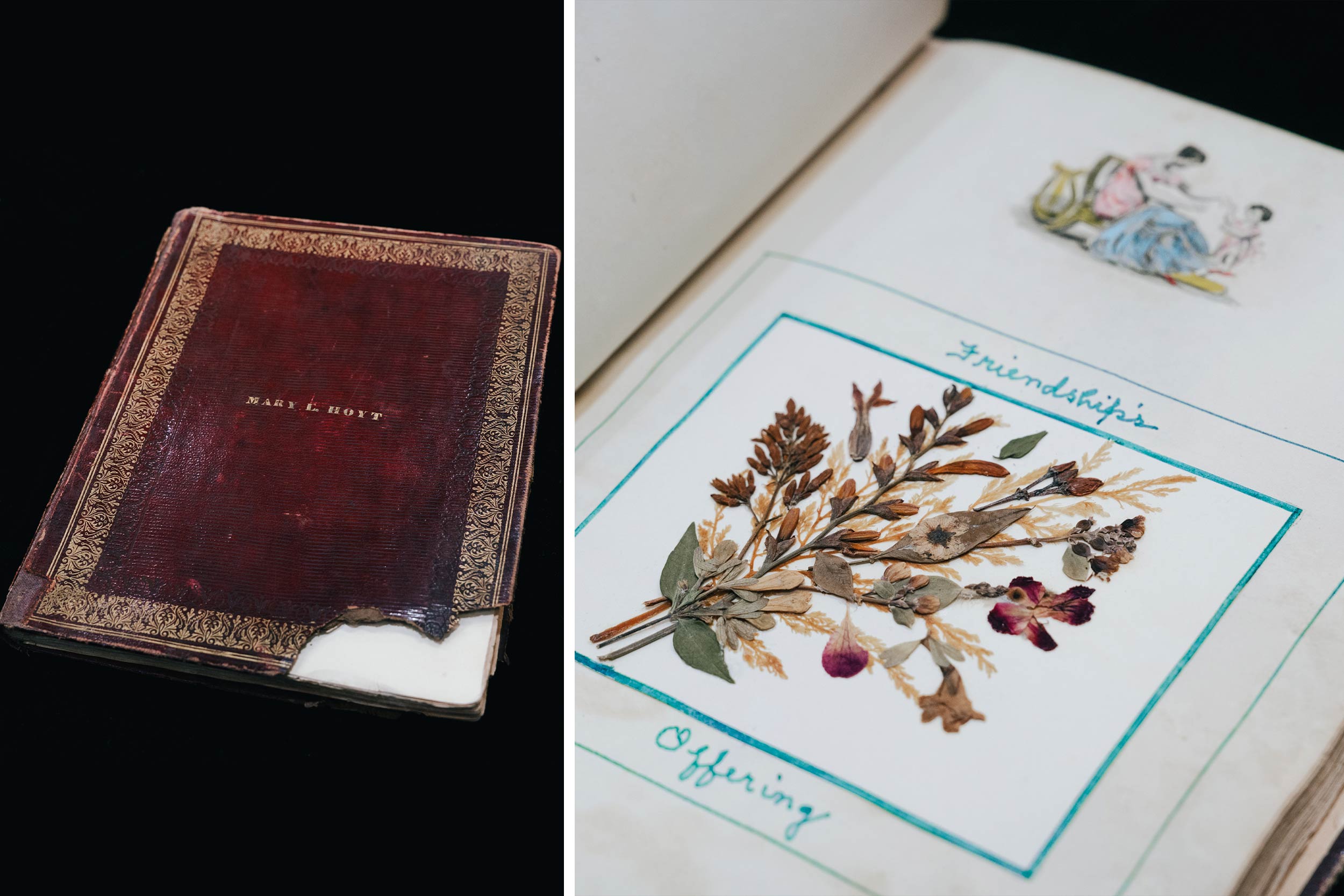
Similar to how kids today get yearbook signatures, young women in the 19th century collected autographs from their friends in handmade books. These albums would also include plates from books, poems they had written and received, and delicate drawings. They were celebrations of friendship between women, filled with memorabilia from those friendships.
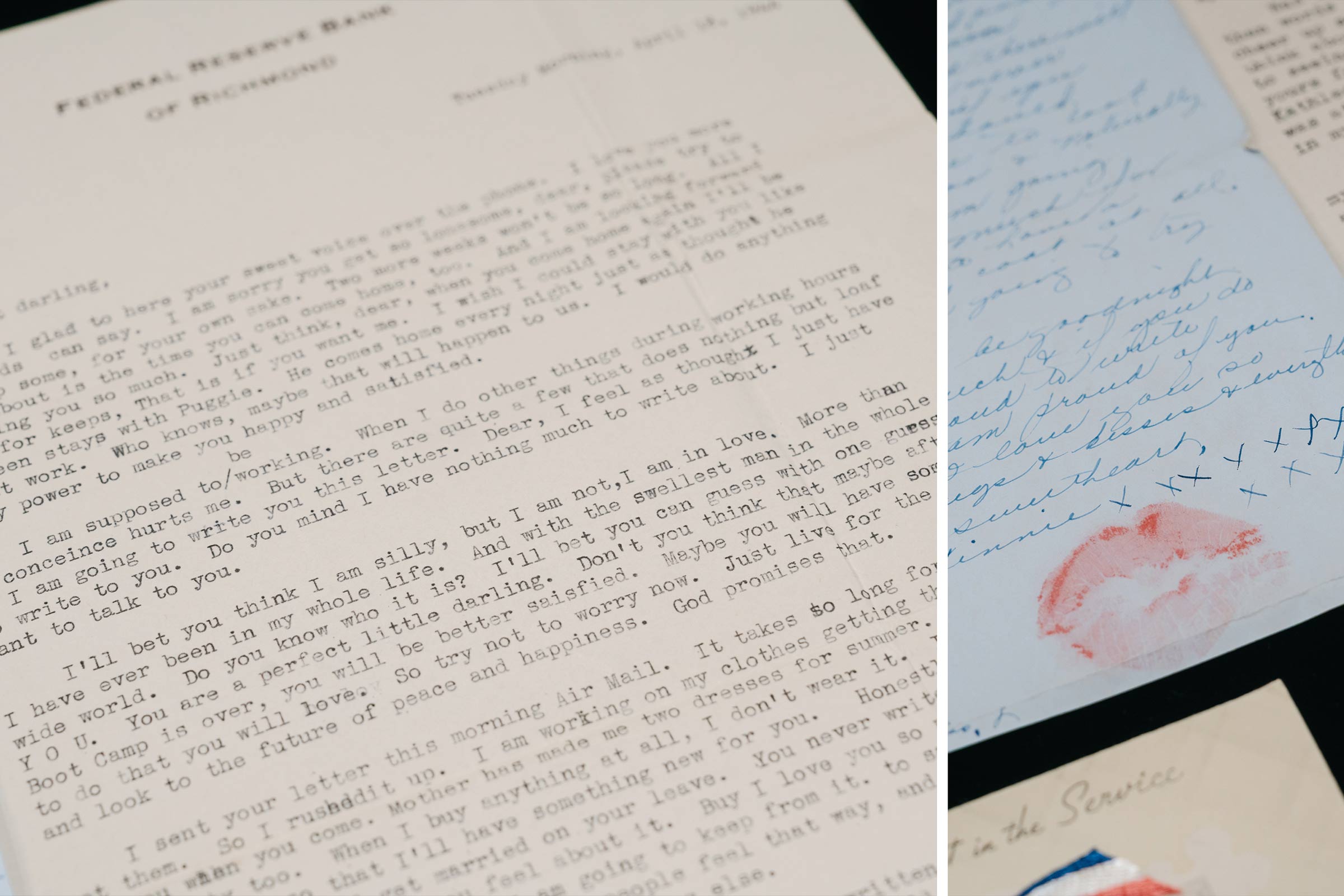
Linnie Ethel Davis wrote to her boyfriend, Guy Webb, almost daily when he was serving in California and Hawaii in 1944 and 1945. Her letters – some of which she typed on Federal Reserve letterhead, and many of which bore bright pink lipstick prints – document how difficult it was to love a sailor. “Tis hard being married to a sailor. You never know where he is or where he is going,” Davis wrote. But their story ended happily: Webb returned from service and the couple were married for the rest of their lives.
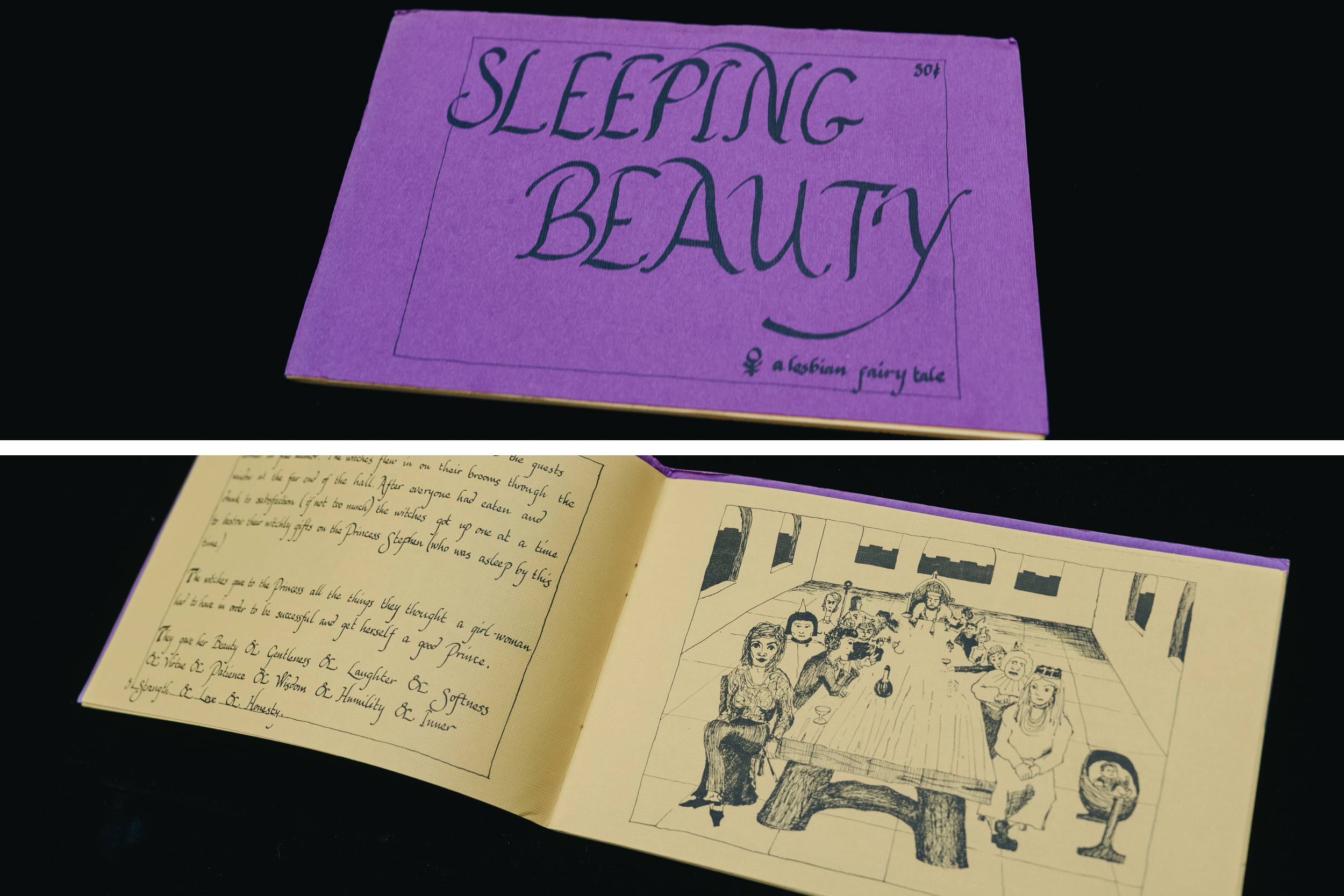
In the 1970s, the Atlanta-based Sojourner Truth Press published “Sleeping Beauty: A Lesbian Fairytale.” This version of the famous fairytale was born from the author’s desire to see more depictions of gay men and women in media. The book was painstakingly illustrated and hand-lettered and dedicated to those “who want to love and be loved.”
Media Contact
University News Associate Office of University Communications
aberry@virginia.edu 434-924-6861
Article Information
May 4, 2024
